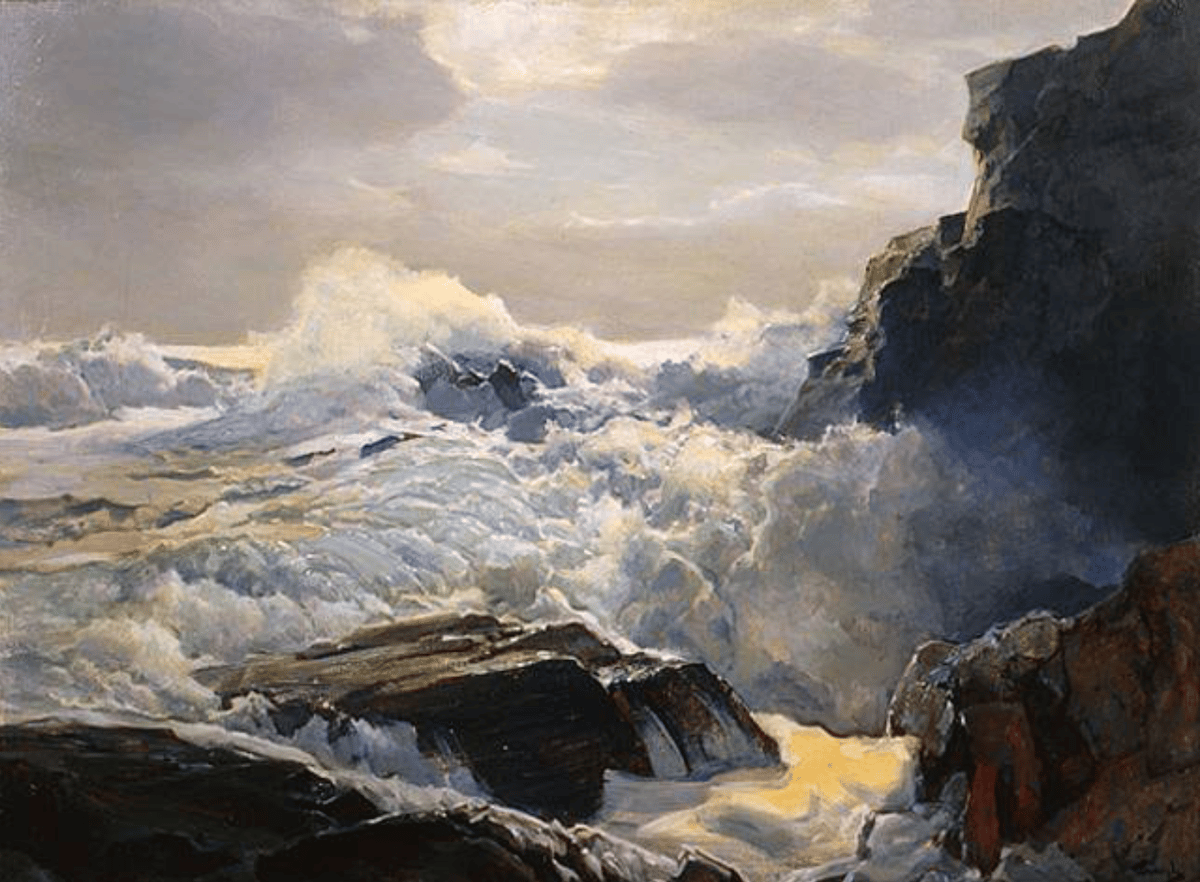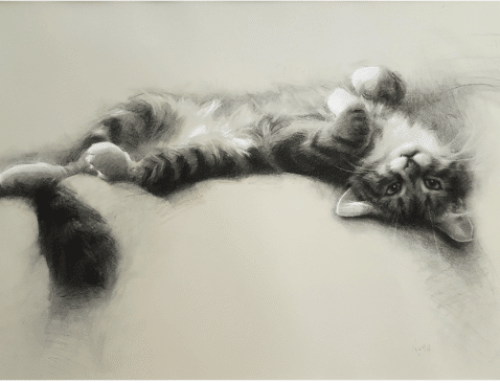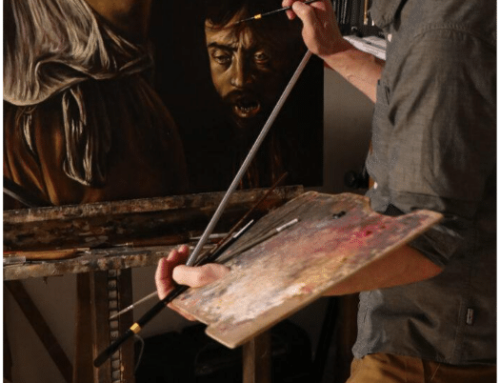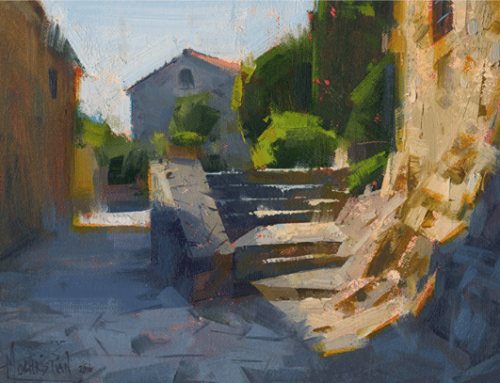“To paint the sea, you must love it, and to love it, you must know the sea.”– Frederick Judd Waugh
Although he isn’t a “household name” (how many American painters are?) the drama, beauty, power, and truth of the sea unite in Frederick Judd Waugh’s classic early 20th century paintings of the sea.

Intensely observed, Waugh’s crashing waves and surging foam have a great deal of prismatic color and volume without looking artificial, wooden or stiff. He was a master at subtly rearranging natural elements into compelling compositions (there’s an old artists’ saying: you can’t observe good composition into a painting; you have to make it up and put it in yourself).
Waugh (1861 194o) is known almost entirely as a seascape painter; many painters and critics during his lifetime and even today believe him to be one of, if not actually the 20th century’s best. Artist Armand Carbrera has noted that “hile Turner, Ivazovsky, (William Trost) Richards and (Winslow) Homer were great painters of the sea, their goals were different and I always feel removed from the action of the shore. Waugh puts the viewer in the surf and makes you a participant. He really changed the way people practiced marine painting and created the modern form of it that we all follow to this day.”

Though he was born in Philadelphia he spent his later years spent in Provincetown, Massachusetts beside the sea. He enjoyed a long and successful career. His paintings are on the larger side (at least one is 60″ wide), so he generally painted in his studio, though he based them on numerous smaller plein air work and sketches he made during years of close observation.
He published a short article on seascape painting during his life, from which come the following:
“I find that my most striking pictures of the sea are those strong in contrasts, the shadows as dark as I can get them and everything in between of the proper value all the way up to the highest light I select to use. Walking back to judge the work at a distance preserves its carrying quality and force; I walk back all day long. The carrying quality is given by the accents one puts on the shadows, halftones and highlights. This means full rich painting in proper values.”

“I have always believed in establishing the sky tone, in general, as soon as possible. In sea painting the rest depends upon it because of the element of reflection.”
“Paint as rapidly as possible, I want to stress that the more you can finish as you go the better…..The result of direct painting, in skillful hands is the best ever. It goes far ahead of labored work, painting after painting, day after day, with perhaps ones mental attitude on the change. I say, if you can grab the whole in one continuous period of time, unaffected by breakfast, lunch, dinner or the evening’s amusements or other preoccupations. One day you may feel one way, the next day may be different. Take hold of the motif, of the technique of the enthusiasm of a whole unbroken day if possible.”

“I have always held that with a few exceptions, no two spaces in a picture should be of the same area or shape.” (Frederick Judd Waugh, American Marine Painter, George R Havens, University of Maine Press 1969).
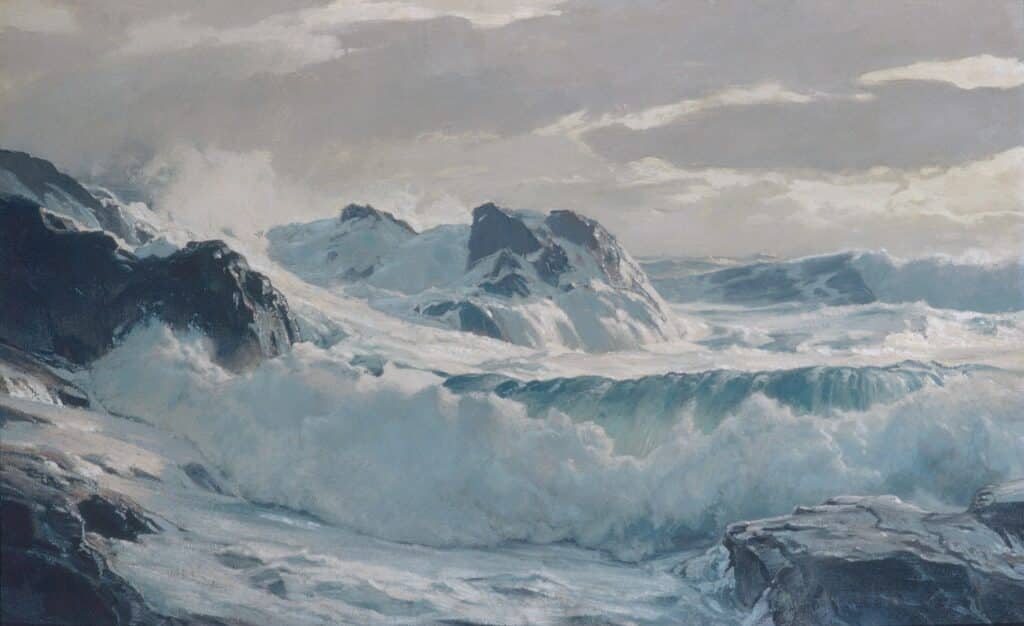
Frederick Judd Waugh, Wild Weather, MET Museum NYC
The People Have Spoken!
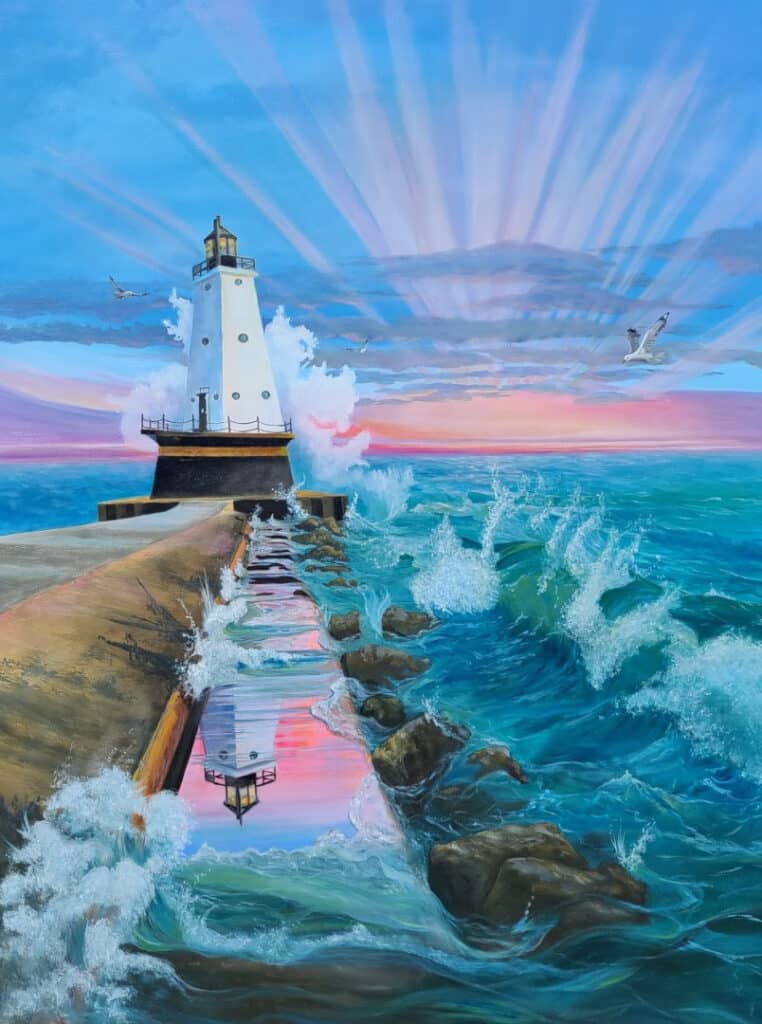
Kay Fox, Peacefulness, 48″ x 36″ in., oil
And they’ve chosen Peacefulness by Kay Fox as the May Plein Air Salon’s Peoples’ Choice Award winner.
The monthly Plein Air Salon is an open competition that culminates in a lavish award gala with cash prizes for the best paintings overall in multiple categories. Visit the Plein Air Salon website for your chance to enter your work in the monthly contest, from which the finalists for the grand prizes will be drawn.

